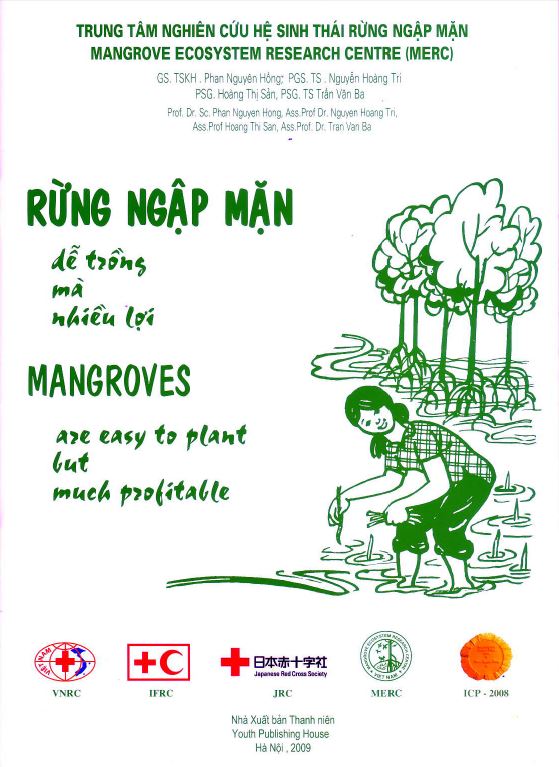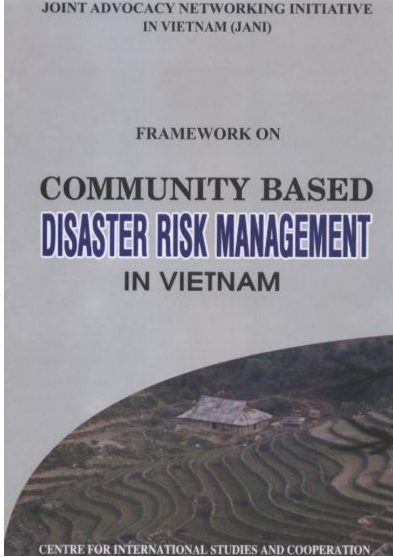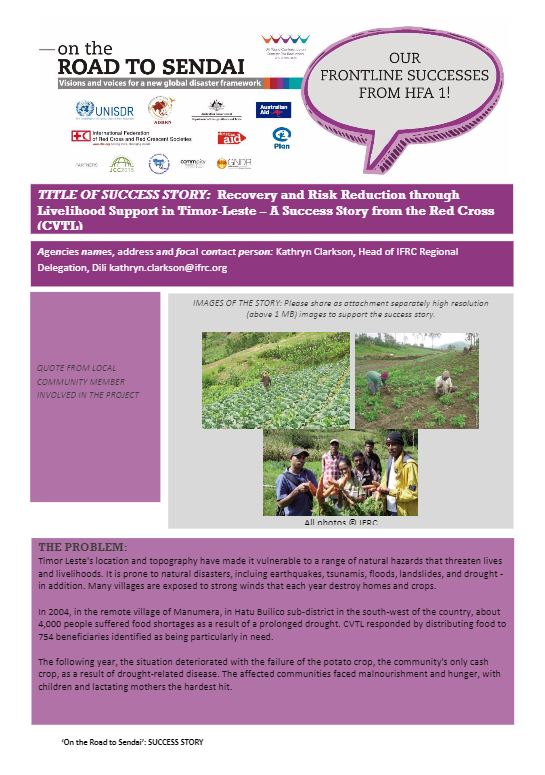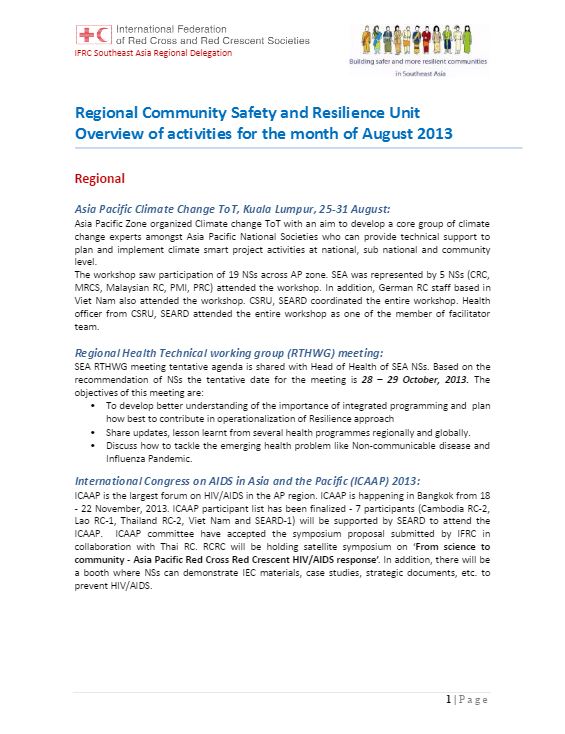Purpose
This guidelines aims to raise awareness on how to plant, protect and manage the mangroves along coastal areas. This guidelines also promotes multiple benefits from mangrove plantation such as income generation, livelihood, dyke protection purpose and risk reduction.
Overview
The guideline was jointly developed by Viet Nam Red Cross and Hanoi National University’s Mangrove Eco-system Research Centre in 1997 during the “Mangrove and Disaster Preparedness Program” which was financially supported by Japanese Red Cross and Danish Red Cross. The program has made significant achievements and contributions toward poverty reduction, disaster preparedness and risk reduction in Viet Nam since 1990s and later on it was rewarded by the Viet Nam Government.
Usage: Guidance for Mangrove project implementation and management
Audience: RCRC leadership; technical staff and volunteers
![]()






